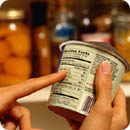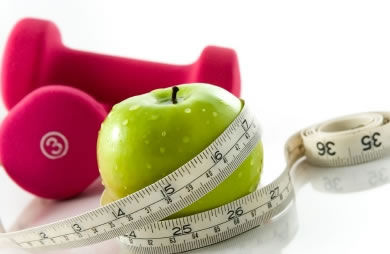 "Whole Grains"
"Whole Grains"
This is one of the most popular marketing claims of late, and the most confusing. Today we see "whole grain" logos on almost all grain products, including sugary breakfast cereals. The reality is that refined white flour-with just a touch of whole wheat added back in-can be listed as "whole grain." A food manufacturer can use the term "whole grain" no matter how much whole wheat the product contains. What the various "whole grain" terms actually mean may surprise you:
- "Made with Whole Grains": All it needs is one tiny bit of whole grains to use this claim, which means nothing for your health.
- "Wheat flour" or "100 percent wheat": Again, this is a ploy that tries to fool consumers. You want to look for "whole wheat flour" or "100 percent whole wheat", not just the word "wheat."
- "Multigrain": This doesn't explain whether the grains are refined or whole, just that there is more than one type of grain. Multigrain has no proven health benefits, especially if all those grains are refined, and they probably are (unless the ingredients list proves otherwise).
- "Whole grain": This term is also misleading, because whole grains can contain various blends of grains that are refined. You want to avoid words like enriched and bleached on the ingredients label. You can only trust the term "100 percent whole grain" to be a healthy choice.
- "X Grams of Whole Grains": Don't let the grams of whole grains in a food confuse you. A food can claim that it's a "Good Source" of whole grains, but that does not mean it's high in fiber (it may have little to none).
When it comes to grain-based foods, you can't trust the words on the face of the package. Double-check and look at the ingredients list every time, looking for keywords like "whole wheat flour" to be first on the list. Additives like sugar and corn syrup shouldn't appear in the top of the ingredients list of a healthy food. If a food is high in whole grains, it'll have protein and fiber to boot. Be aware that manufacturers won't necessarily call their processed flours "refined" on the label. Anything that is listed as corn, rice, wheat, or oat flour IS processed and refined unless it specifically tells you that it is "whole".
"Fat Free"
"Fat-free" food labels may also tempt you to believe these are healthier food selections. Sometimes this can be helpful, like when choosing skim milk over higher fat varieties. But take the time to read labels. When a meat label boasts that it's 95% fat free, it sounds like a healthy choice since only 5 percent of it is fat. But fat contains a lot of calories, so check out the nutrition facts label for the actual number of calories and fat grams per serving.
Continued ›
|
 "Whole Grains"
"Whole Grains"





Member Comments